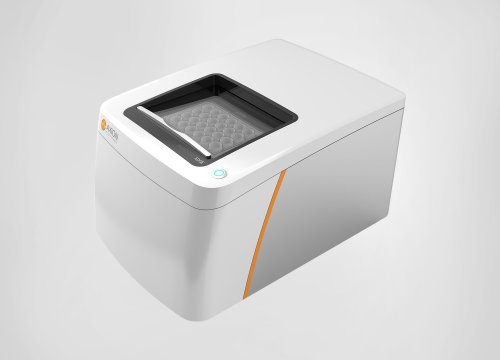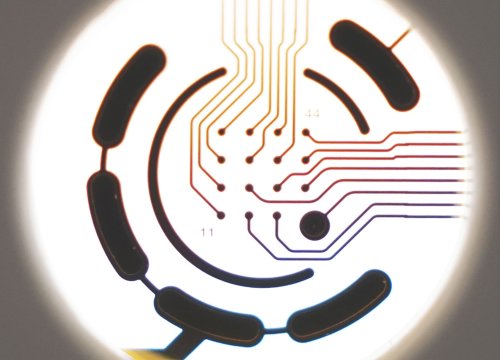Ao Z, Cai H, Wu Z, Krzesniak J, Tian C, Lai YY, Mackie K, and Guo F.
Analytical Chemistry, 2021.
Scientists use Axion’s bioelectronic platform to investigate a novel organoid-on-a-chip modeling platform for drug screening and validation
The development of new pain therapies has been challenging, in part due to the limitations of conventional animal and two-dimensional modeling platforms unable to recapitulate complex human nociceptive and dorsal root ganglia neurobiology, but new technology may offer an alternative. In this study, scientists investigate organoid-on-a-chip devices integrating human stem-cell-derived sensory-spinal-cord organoids composed of dorsal spinal cord interneurons and sensory neurons grown on a custom built scaffold.
To measure electrophysiological responses in the organoid-on-a-chip devices, the scientists used Axion’s Maestro multielectrode array (MEA) platform and found that on-chip cultured human spinal organoids demonstrated more electrical activity and more active electrodes than off-chip cultured human spinal organoids. MEA testing was also used to recapitulate increased neuronal firing in response to various pain-evoking reagents and demonstrate the utility of the model for exploring potential pain treatments by examining nociceptive modulators. Along with other testing, the overall results showed that the novel spinal cord organoid-on-a-chip model may be a promising platform for drug screening and validation.


